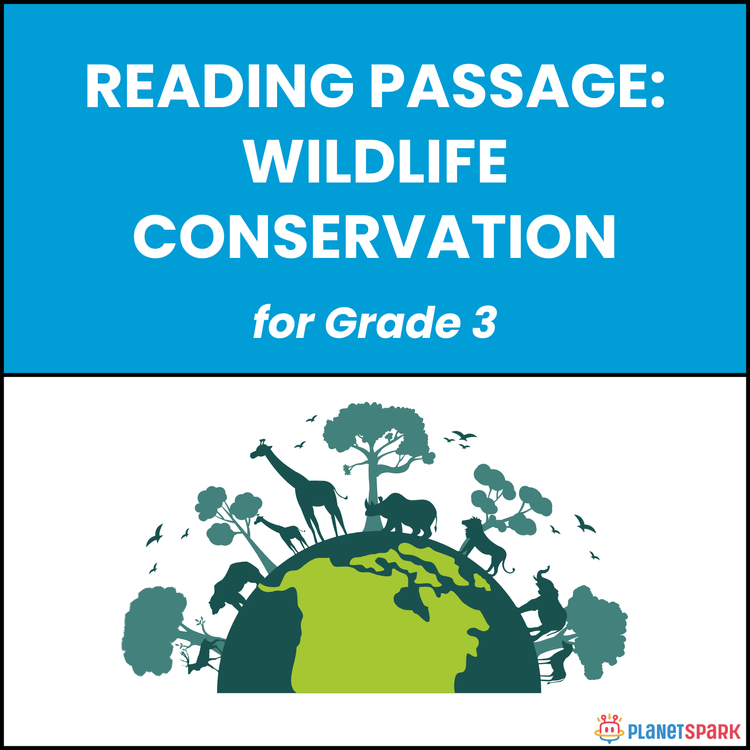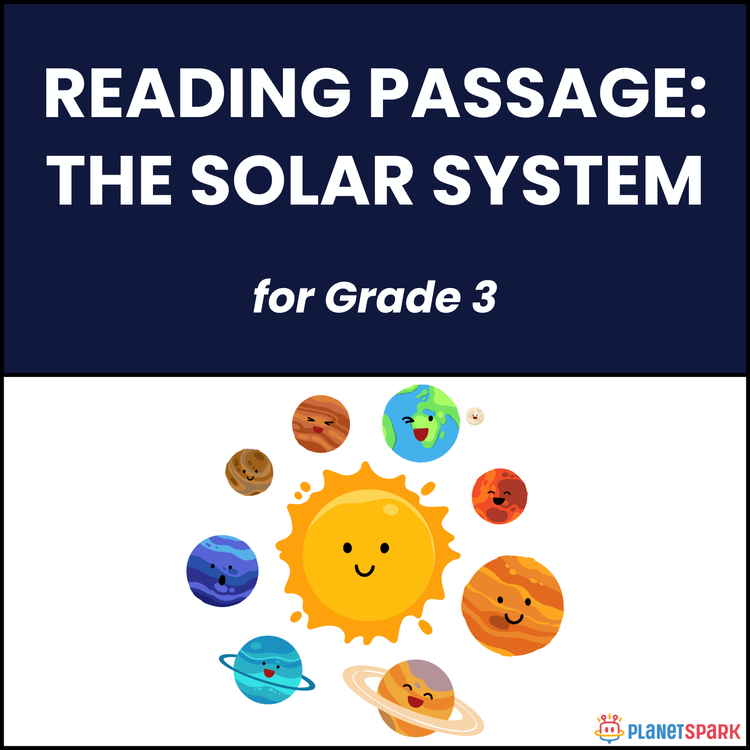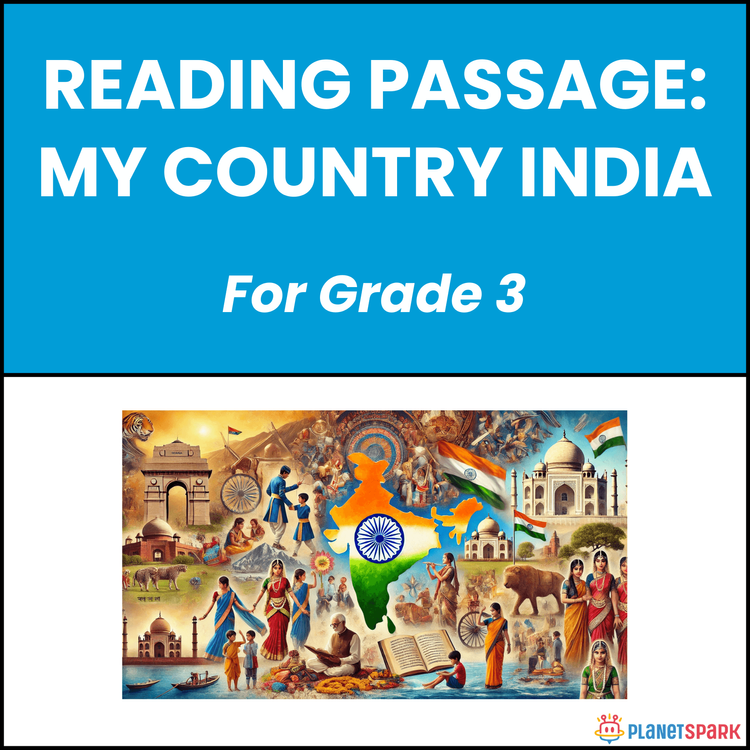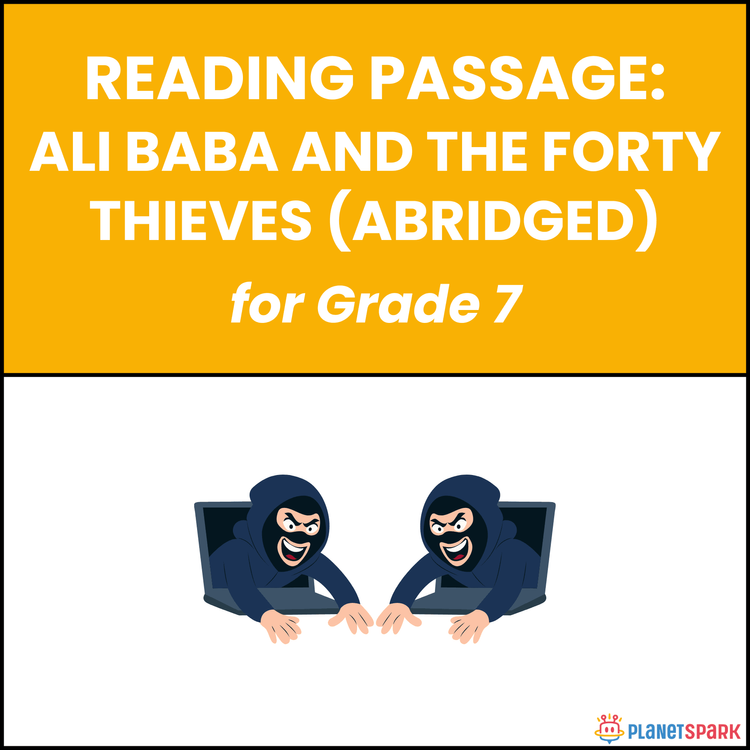Class 3 Reading Passage on Animals in India
Class 3Spoken EnglishEnglishFree DownloadPDF
Bhuvaneshwary VijayakumarVisit Profile
Dedicated and student centered educator with experience in designing engaging lessons and supporting learners of varying abilities. Committed to nurturing not just academic success but also curiosity, and personality development in every learner. My approach centres on creating meaningful and focussed lessons that help learners grow more confident and capable both inside and outside the classroom. Create an inclusive, positive learning environment that builds strong foundational skills and confidence.
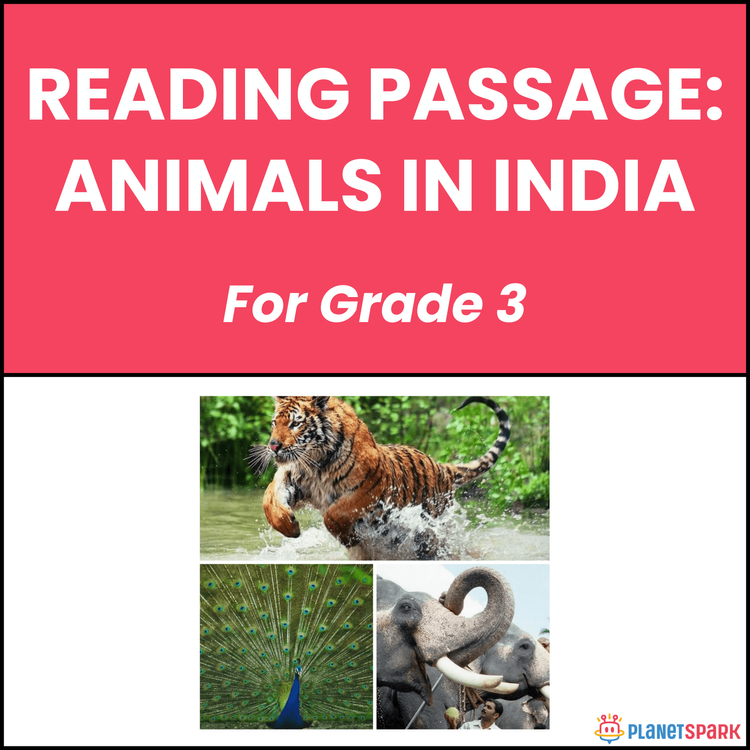

Class 3 Reading Passage on Animals in India
Class 3Spoken EnglishEnglishFree DownloadPDF
Bhuvaneshwary VijayakumarVisit Profile
Dedicated and student centered educator with experience in designing engaging lessons and supporting learners of varying abilities. Committed to nurturing not just academic success but also curiosity, and personality development in every learner. My approach centres on creating meaningful and focussed lessons that help learners grow more confident and capable both inside and outside the classroom. Create an inclusive, positive learning environment that builds strong foundational skills and confidence.
Caring for Nature: Reading Passage on Animals in India for Class 3
This reading comprehension worksheet for Class 3 takes learners on a journey through India’s wildlife. The passage introduces the Royal Bengal Tiger, Indian Elephant, and Peacock—three animals that reflect India’s strength, grace, and beauty. Students explore how each animal is important to the country and why protecting them matters.
Through fact-based and reflective comprehension questions, the worksheet develops reading skills while nurturing love for animals and the environment.
Why Learning About Animals Matters in Reading Comprehension
Animals are an essential part of nature and culture. For young learners, this topic helps:
1. Improve reading comprehension through factual and reasoning-based questions.
2. Build awareness about India’s national symbols and wildlife.
3. Encourage empathy and responsibility toward animals.
4. Strengthen general knowledge and environmental understanding.
What’s Inside This Worksheet
Exercise 1 – Multiple Choice Questions
Students identify correct answers about national animals, habitats, and features.
Exercise 2 – Short Answer Questions
Learners write short factual answers about the tiger, elephant, and peacock.
Exercise 3 – Think and Answer
Students express ideas about animal protection and the importance of nature conservation.
✅ Answer Key (For Parents & Educators)
**Exercise 1 – Choose the Correct Answer**
1. c) The Royal Bengal Tiger
2. b) Assam and Kerala
3. d) It dances and spreads its feathers
**Exercise 2 – Answer the Questions**
1. The tiger is our national animal because it is strong and represents India’s power.
2. People feel happy because the peacock’s dance is colorful and joyful.
3. Elephants mostly live in forests of Assam and Kerala.
**Exercise 3 – Think and Answer**
1. These animals are national symbols showing India’s beauty and culture.
2. The passage teaches us to care for and protect all living beings.
3. People must protect them because forests are shrinking and hunting harms them.
4. India’s Special National Animals and Bird.
Inspire your child to love reading and nature together! Discover fun learning through comprehension and curiosity at PlanetSpark.
Frequently Asked Questions
It develops curiosity, observation, and factual understanding through engaging informational reading practice.
They can discuss habitats, food, and behaviors to strengthen recall and concept connections after reading.
They blend science and language, helping children identify key facts while enjoying reading in CBSE English.
